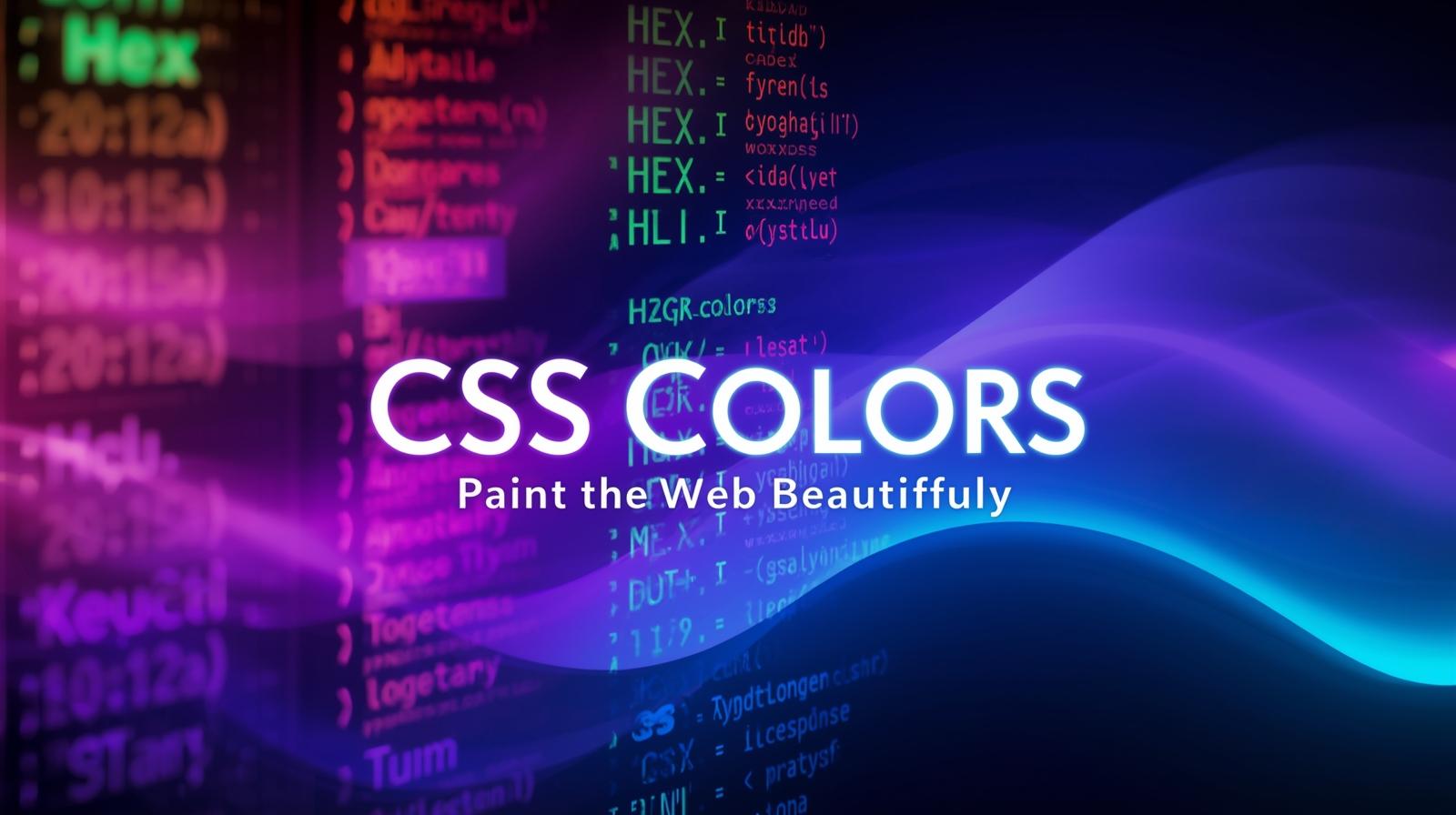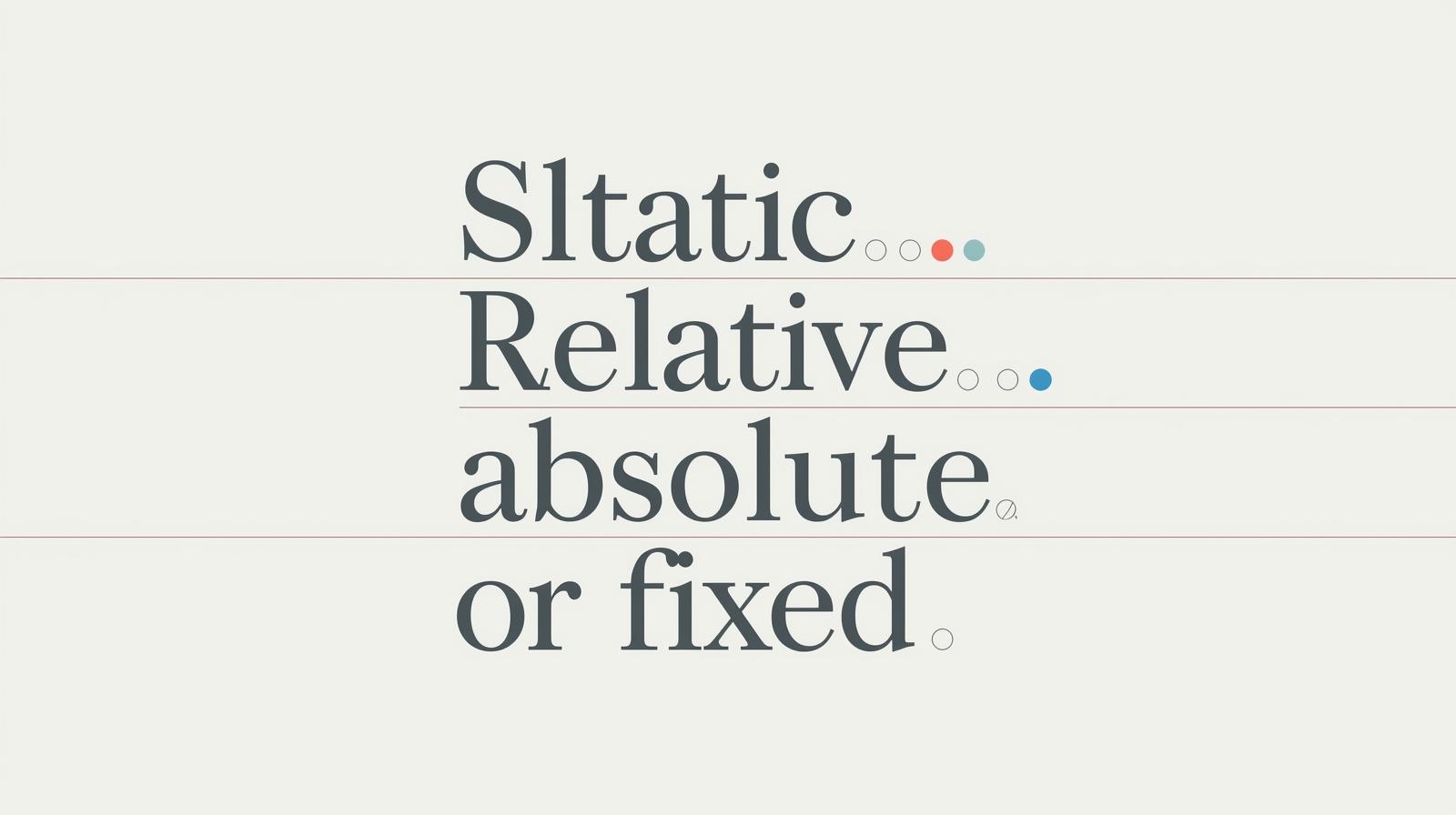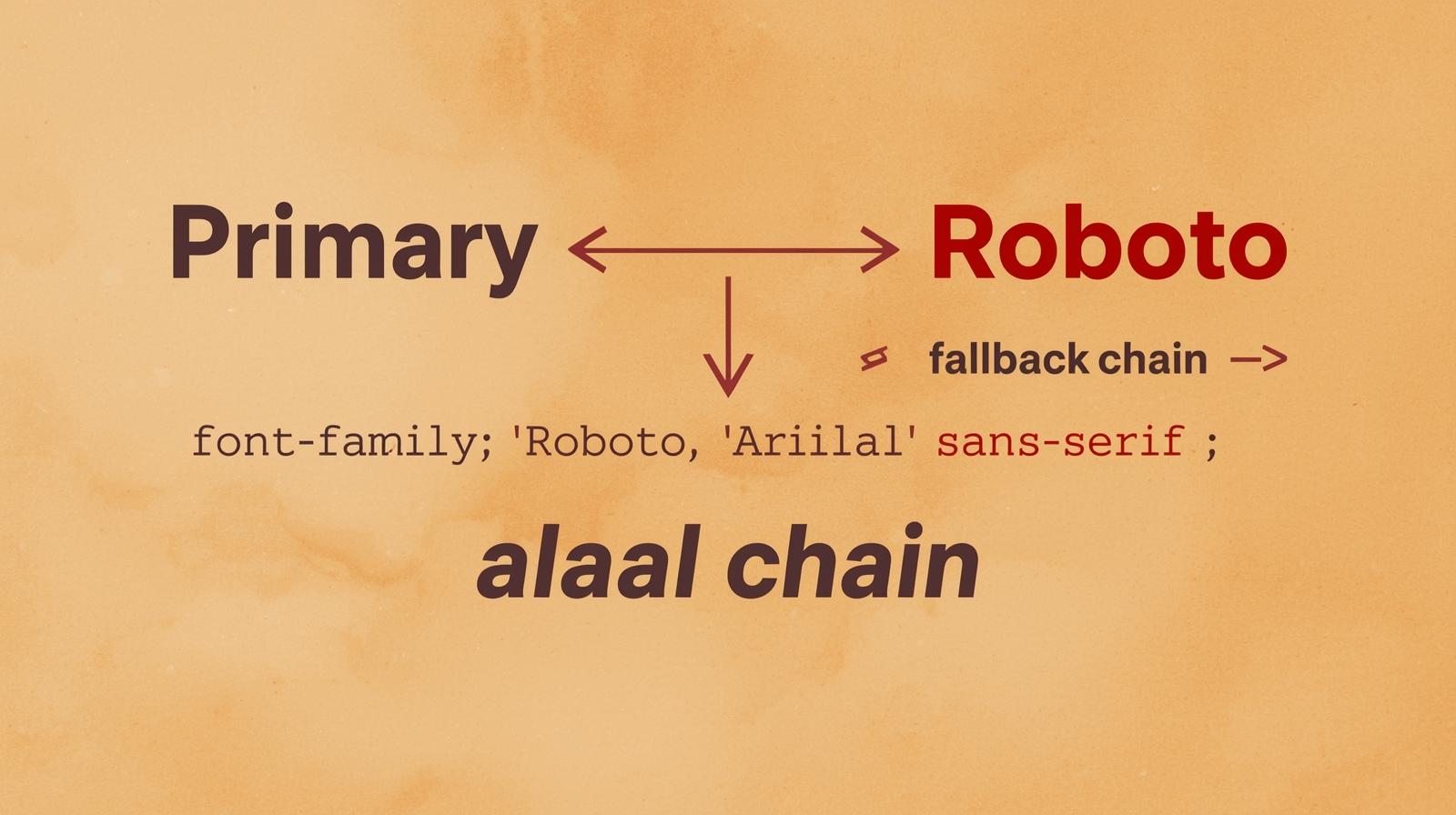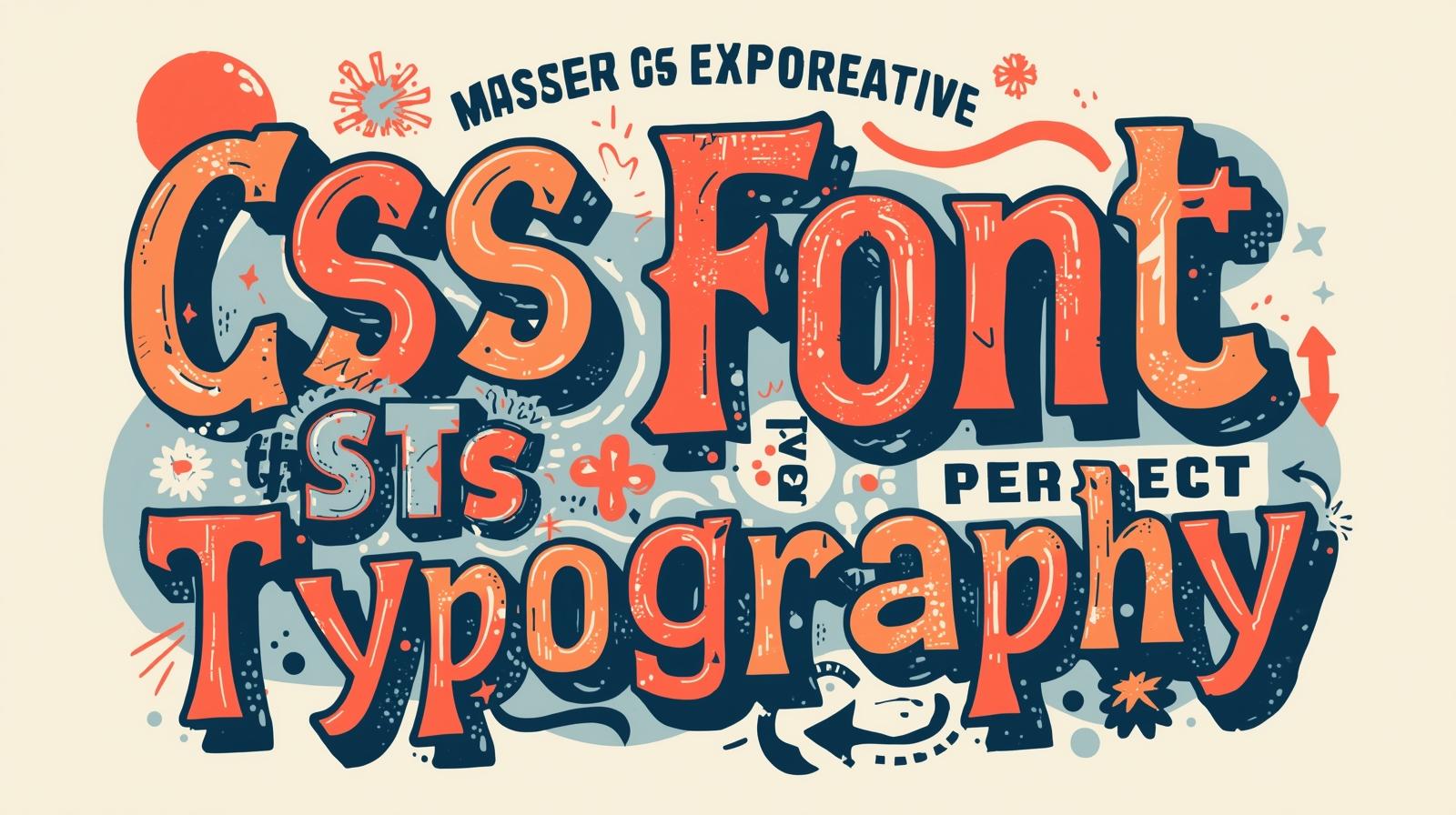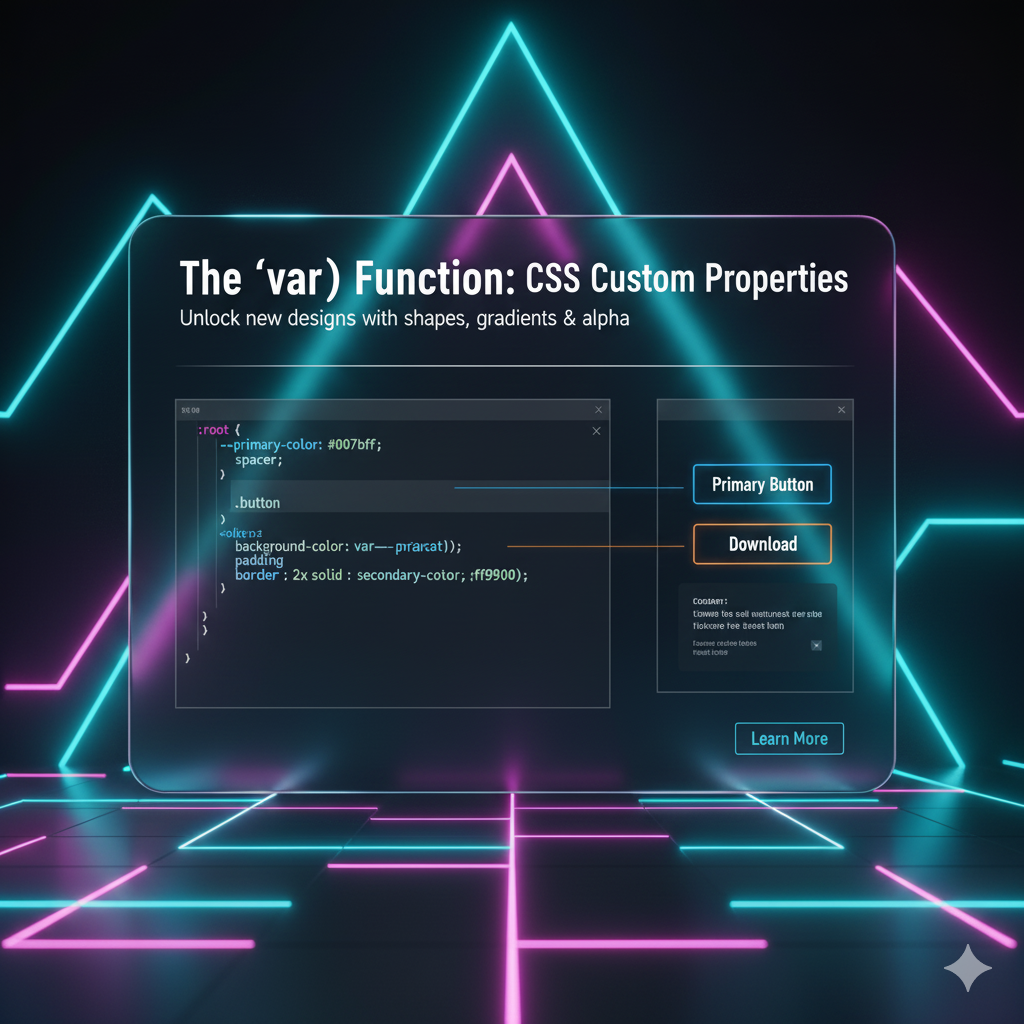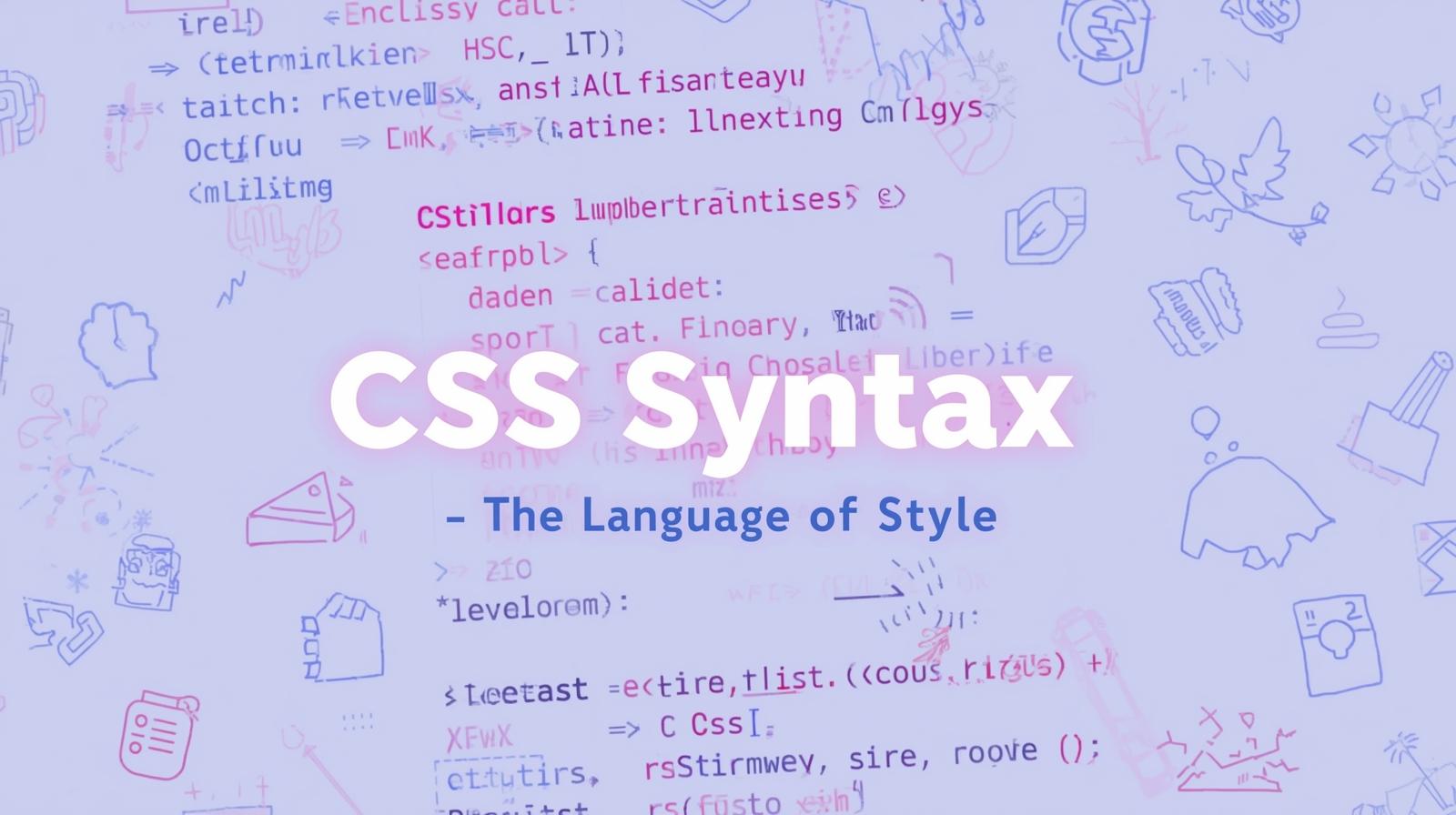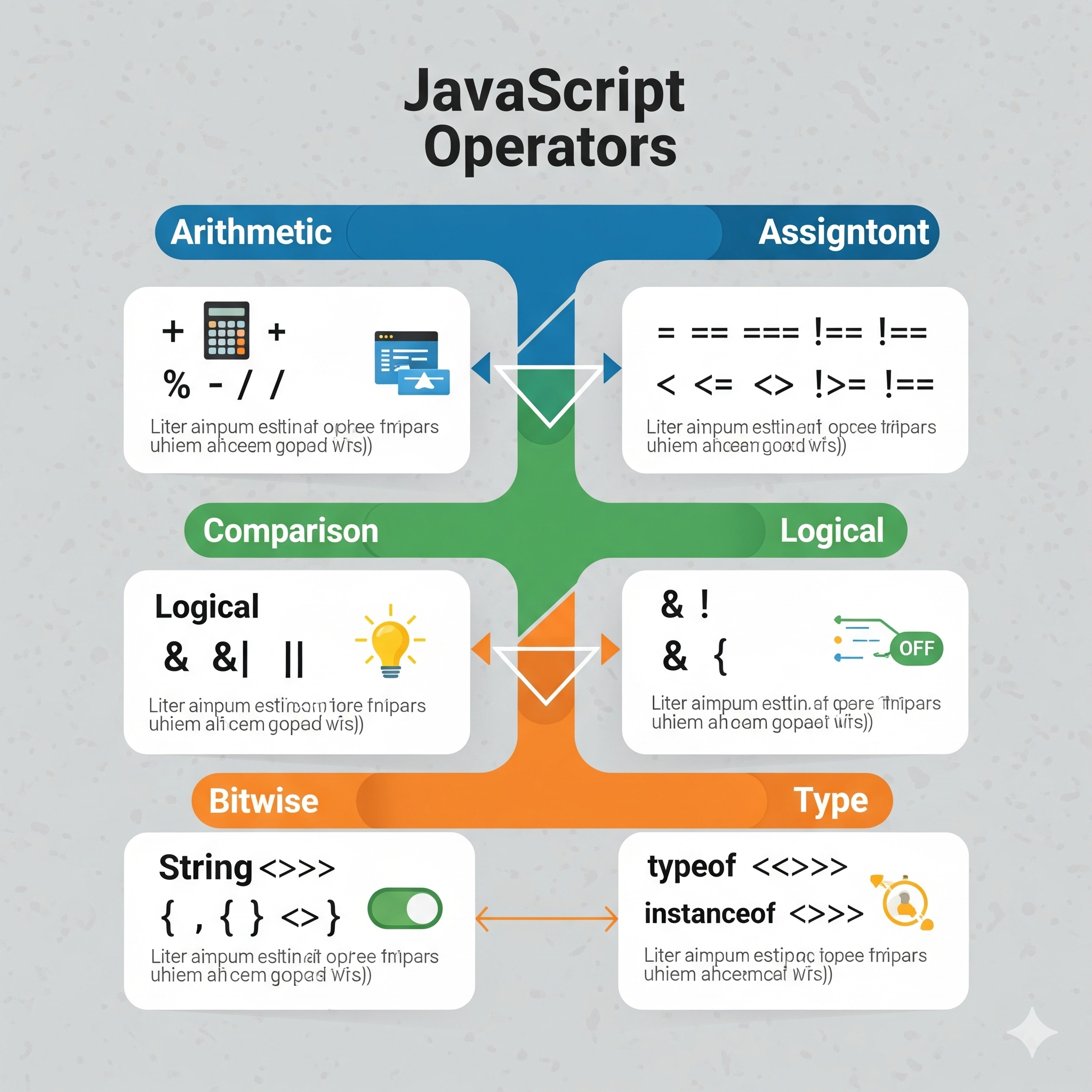CSS Colors 101: A No-BS Guide to Hex, RGB, HSL & More
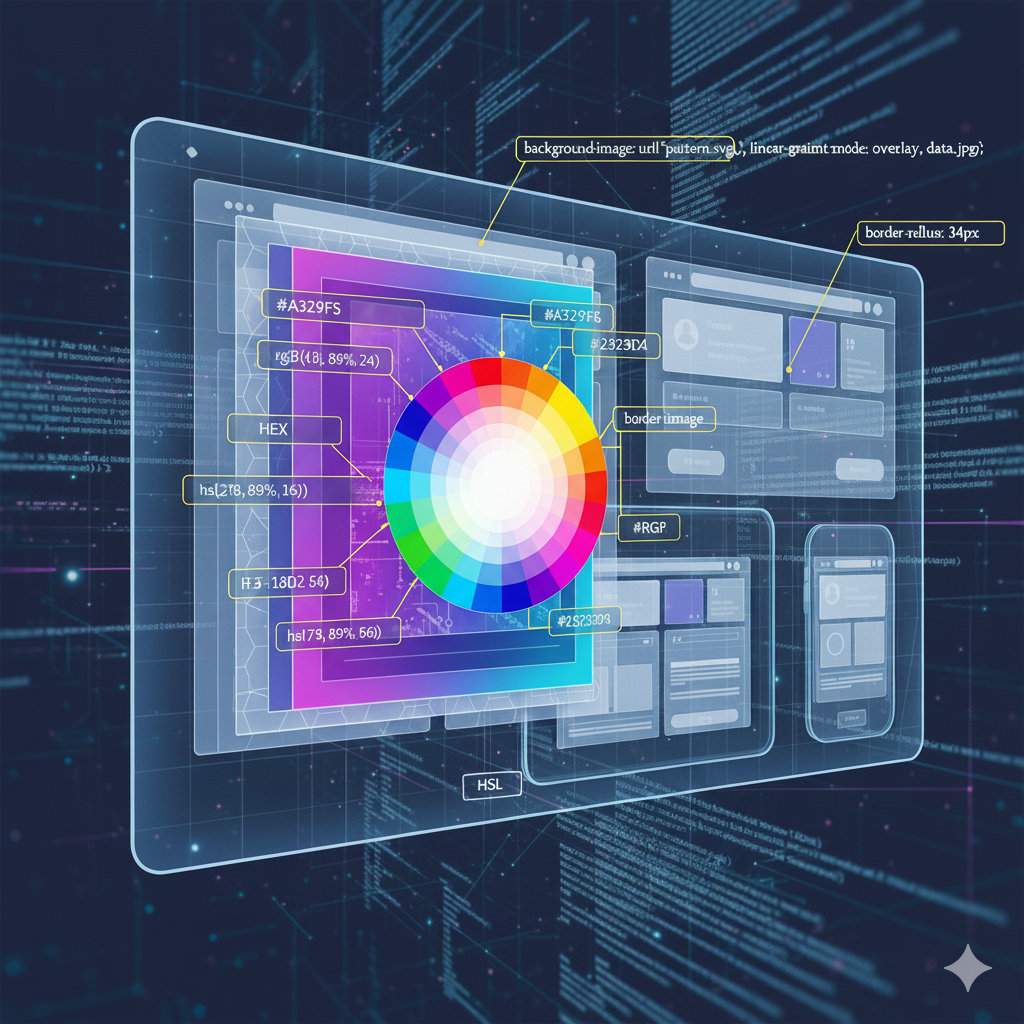
Stop guessing colors! Master CSS Colors like a pro with this ultimate guide. Learn Hex, RGB, HSL, modern tricks, best practices, and how to build stunning, accessible websites.

CSS Colors 101: A No-BS Guide to Hex, RGB, HSL & More
CSS Colors 101: Stop Guessing, Start Styling Like a Pro
Let's be real. When you first started dabbling in CSS, you probably just Googled "hex code for light blue" and called it a day. We've all been there. But if you're still stuck in that loop, you're missing out on a massive part of what makes modern web design feel so, well, modern.
Color isn't just about making things look pretty. It’s about mood, branding, user experience, and accessibility. It’s the difference between a website that looks like it was built in 2005 and a sleek, professional platform that users trust.
So, let's break it all down. This isn't your grandma's boring color tutorial. This is a deep dive into how to actually use color in your projects, making your work pop while keeping it accessible for everyone. Buckle up!
The OG Squad: Different Ways to Define Colors in CSS
CSS is flexible, giving you multiple ways to say "make this thing blue." Each method has its own superpower.
1. Hex Codes: The Classic Vibe
You've definitely seen these. They start with a hash (#) followed by six letters and/or numbers.
Format:
#RRGGBBWhat it means: RR (Red), GG (Green), BB (Blue). Each pair uses values from 00 (none of that color) to FF (the maximum amount of that color) in hexadecimal.
Example:
css
.primary-button {
background-color: #1a73e8; /* Google's blue */
}
.heading {
color: #2ecc71; /* A vibrant green */
}When to use it: It's the web standard. Great for when you have a specific brand color from a design tool like Figma or Sketch. It's precise and universally understood.
2. RGB & RGBA: For the Control Freaks
This one feels more like code. You define the exact amount of Red, Green, and Blue.
Format:
rgb(red, green, blue)What it means: Each value is an integer from 0 to 255.
But here's the kicker: RGBA. That 'A' stands for Alpha—aka, opacity. This is a game-changer.
Example:
css
.solid-box {
background-color: rgb(255, 0, 0); /* Pure, blinding red */
}
.transparent-overlay {
background-color: rgba(255, 0, 0, 0.5); /* Same red, but 50% transparent */
}When to use it: RGBA is your best friend for overlays, shadows, and cool effects where you want to see through a color. It’s way more intuitive than messing with opacity on the entire element.
3. HSL & HSLA: The Designer's Best Friend
This is, hands down, the most intuitive way to think about color once you get it.
Format:
hsl(hue, saturation, lightness)What it means:
Hue: The actual color itself. It's a circle from 0 to 360 (0=red, 120=green, 240=blue).
Saturation: How intense or gray the color is. 0% is completely gray, 100% is full vibrancy.
Lightness: How light or dark it is. 0% is black, 100% is white, 50% is the "true" color.
And of course, we have HSLA with an alpha channel for transparency.
Example:
css
.vibrant {
background-color: hsl(200, 100%, 50%); /* A pure, vibrant blue */
}
.muted {
background-color: hsl(200, 30%, 50%); /* A muted, dusty blue */
}
.pastel {
background-color: hsla(200, 100%, 80%, 0.8); /* A light pastel blue, slightly transparent */
}When to use it: HSL is perfect for creating color schemes. Want a darker shade of the same blue? Just decrease the lightness. Want a less aggressive version? Lower the saturation. It’s a breeze.
4. Color Names: For When You're Feeling Lazy
CSS has about 140 predefined color names. red, blue, rebeccapurple (a real one, look it up!), papayawhip.
When to use it: Quick prototypes, testing, or when you genuinely need hotpink. Not recommended for serious production work because the names are imprecise and not everyone visualizes "darkorchid" the same way.
Leveling Up: Modern CSS Color Magic
The web is evolving, and so are our color options. Get ready to feel like a wizard.
CSS Custom Properties (Variables) for Colors
This is a non-negotiable best practice for any serious project. Instead of hardcoding hex values everywhere, you define your color palette as variables. This makes your code DRY (Don't Repeat Yourself) and insanely easy to change later.
Example:
css
:root {
--primary-brand: #1a73e8;
--accent-color: #2ecc71;
--text-dark: #333333;
--background-light: #f8f9fa;
}
body {
background-color: var(--background-light);
color: var(--text-dark);
}
button {
background-color: var(--primary-brand);
color: white;
}Want to change your entire site's primary color? You change it in one place. Mic drop.
The currentColor Keyword
This is a seriously cool and underused feature. It's essentially a variable that always refers to the element's current color value.
Real-World Use Case: Making an SVG icon match the text color.
html
<style>
.icon {
fill: currentColor; /* The SVG fill will be the same as the text color */
}
.text-link {
color: #1a73e8;
}
</style>
<a class="text-link" href="#">
<svg class="icon">...</svg>
Click Me
</a>
<!-- The icon will automatically be #1a73e8! -->Real-World Use Cases & Best Practices (The Good Stuff)
Theory is cool, but how do you use this in the wild?
Creating a Cohesive Theme: Use HSL and CSS variables to define a primary hue and then generate a full palette by adjusting saturation and lightness.
Dark Mode: CSS variables make dark mode a breeze. You can swap out all your color values with a media query.
css
:root { --bg: white; --text: black; } @media (prefers-color-scheme: dark) { :root { --bg: black; --text: white; } }Accessibility is NOT Optional: This is crucial. The contrast between your text and its background needs to be high enough for people with visual impairments to read. Always use tools like the WebAIM Contrast Checker to test your color combinations. A light gray text on a white background might look aesthetic, but it's a terrible user experience for many. Pro Tip: Using HSL makes it easier to ensure your lightness values have enough contrast.
FAQs (Flipping the Questions You're Too Afraid to Ask)
Q: Which color method should I actually use?
A: For most projects, use HSL for authoring in your CSS (because it's easy to manipulate) and CSS Variables to store those values. The browser doesn't care, and it makes you more efficient.
Q: Is there a performance difference?
A: Nope. It's negligible. Choose the method that makes your code most readable and maintainable.
Q: How do I make sure my colors are accessible?
A: Use automated tools! Browser DevTools now have built-in contrast checkers. Also, plugins like Lighthouse will flag contrast errors. Don't design in a vacuum.
Q: Can I use colors from other spaces like PANTONE?
A: Not directly. PANTONE is a printing standard. You'll need to convert them to a web-friendly format (Hex, RGB) using a conversion tool.
Conclusion: Color Your World
See? Color in CSS is so much more than just copying a hex code. It's a powerful system that, when mastered, elevates your front-end skills from amateur to pro. By understanding HSL, leveraging variables, and prioritizing accessibility, you're not just making colorful websites—you're building thoughtful, scalable, and user-friendly experiences.
The journey from a beginner who copies hex codes to a pro who crafts entire color systems is exactly what we focus on at CoderCrafter. To learn professional software development courses such as Python Programming, Full Stack Development, and MERN Stack, visit and enroll today at codercrafter.in. We'll help you master these fundamental concepts and apply them to build real-world, impressive projects.
